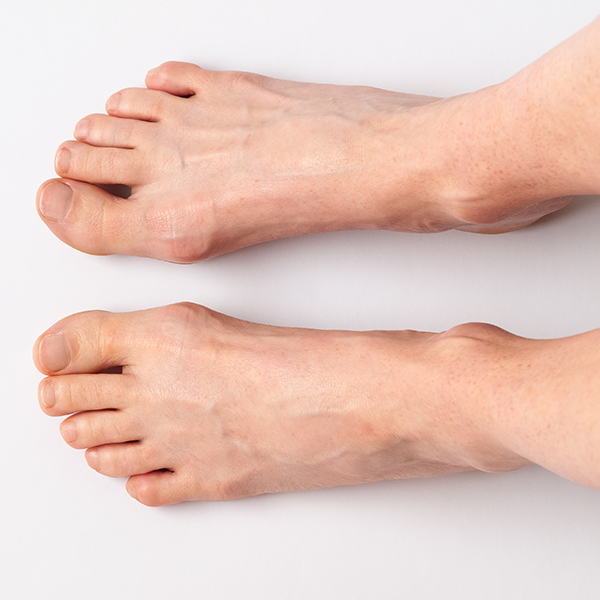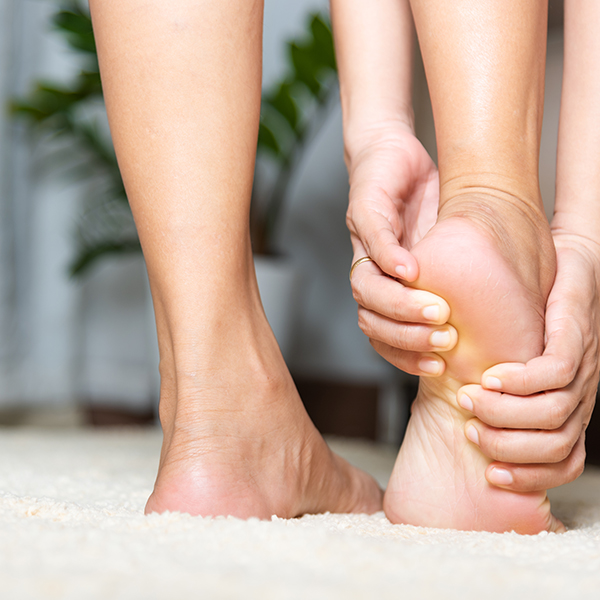Heel Spurs
Calcium deposits can form on the underside of the heel bone, causing the development of a bony protrusion known as a heel spur. This protrusion can grow as long as a half-inch, and often occurs in conjunction with plantar fasciitis.
Signs and Symptoms of Heel Spurs
The development of heel spurs usually happens over a period of several months. When there is too much strain on the muscles and ligaments in the foot, then the membranes in the heel bone can be stretched, and small rips or tears begin to form. Heel spurs are common for athletes who engage in jumping and running regularly.
The risk of heel spurs increases with age, diabetes, short bursts of physical movement, high arches, flat feet, or spending a lot of time standing and walking.
Some patients have heel spurs without pain or symptoms. When left untreated, chronic pain can develop over time, eventually making it difficult to walk. It is common for discomfort or pain to increase when wearing shoes, putting pressure on the heel, or standing for an extended period of time.
In most cases, the pain will come and go depending on the person’s activities. Often, the pain is sharp in the beginning, then turns to a dull, persistent ache. The sharp pain can flare when you stand after sitting for a long time.
Treatment Options for Heel Spurs
Nonsurgical treatment options will be used at first, including stretching, orthotics, physical therapy, and wearing shoes that offer support. Pain can be managed using over-the-counter medications. These noninvasive treatments are usually sufficient to reduce the pain and eliminate symptoms.
Sometimes, surgery is recommended, especially when heel spurs are coinciding with other conditions, such as plantar fasciitis. Usually, surgery is only recommended when nonsurgical treatments are ineffective and the pain symptoms persist for more than 9 or 12 months.
If you are interested in learning more about treatment options, then we invite you to schedule a consultation with our experienced team at Rock Canyon Foot and Ankle. We will complete a thorough examination to see if you are a good candidate for available treatments. Call to schedule an appointment with a knowledgeable podiatrist in Denver.











